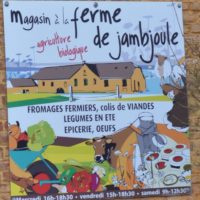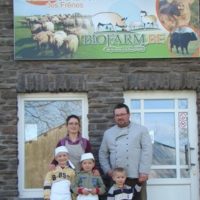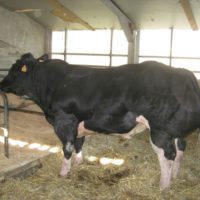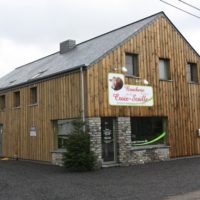Bride and Blackwater Group: Spring grazing
Practice abstract
Description
The Bride and Blackwater discussion group generally meet once per month on a farm to discuss grassland management. They explained at the meeting in Moorepark, Fermoy, Co. Cork (Ireland) that their objectives for the spring were to keep cows out at grass to maximise milk solids per cow, reduce cost of production (grass is cheaper than silage and concentrates) and to reduce the workload in the yard. We analysed the research at the meeting and every day at grass was worth € 2.70/cow/day, so for 100 cows it was € 270 profit for the farmer. Farmers agreed that in challenging weather conditions, innovative management practices were necessary to keep cows out grazing. Farmers were letting cows out for 2-3 hr grazing bouts to minimise the amount of damage particularly on heavy soils.
The main aspects of management are:
- The earlier cows are turned out in the spring, the more profit a farmer will make
- Grazing in the spring reduces the required silage and concentrates in the diet
- Spring grazing also reduces workload on the farm such as feeding out, liming cubicles and collecting slurry
- Spring grazing increases milk solids per cow compared to grass silage
- Grass is the cheapest source of feed on the farm and should be maximised in the cows diet
The motivation of the farmer was to produce as much milk from grass as possible to minimise the cost of production. The farmer does this by turning out cows to pasture in early spring and compact spring calving system. By focusing on grass, the farmers minimising the threat of relying on imported feed.
Abstract also available in:
Dutch | French | German | Italian | Polish | Swedish
Additional information
| Farming system | conventional farming |
|---|---|
| Domains of innovation | grazing management system |
| Main types of animal | dairy cattle |
| Country | Ireland |
| Product type | Practice abstract |
| Language | English |




